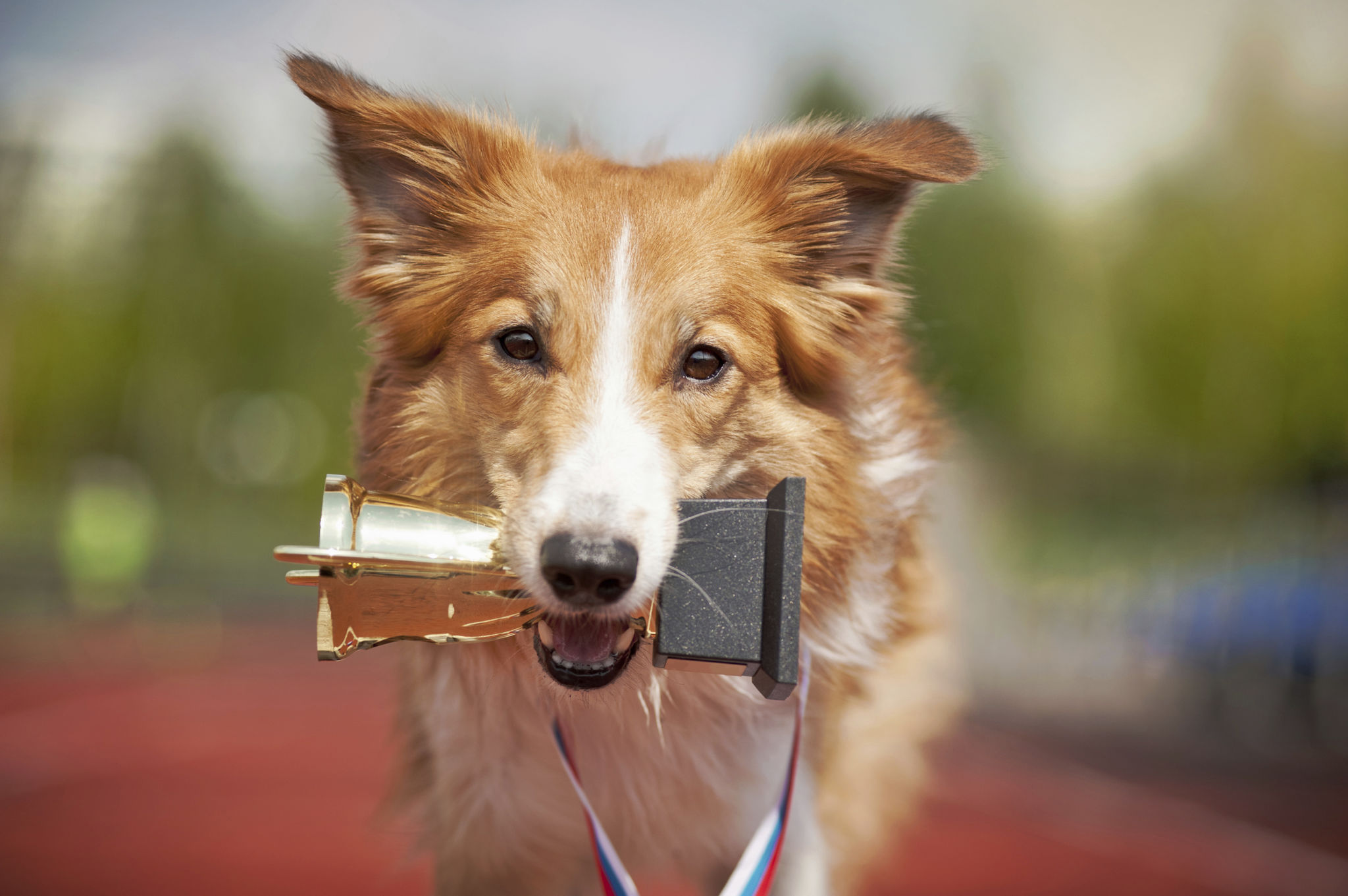Enhance Sporting Dog Recovery with Massage Therapy
Understanding the Importance of Recovery in Sporting Dogs
Sporting dogs are incredible athletes, showcasing agility, speed, and endurance in various activities ranging from agility courses to hunting and herding. Just like human athletes, these dogs undergo intense physical exertion and need proper recovery to maintain peak performance. An effective recovery plan is crucial for preventing injuries and ensuring the long-term health of these canine athletes.
Recovery involves several components, including rest, nutrition, and physical therapy. Among these, massage therapy has emerged as a valuable tool, helping to enhance blood circulation, reduce muscle tension, and promote relaxation in sport dogs. By incorporating massage therapy into a dog's recovery routine, owners can help their canine companions bounce back faster and perform better.

The Benefits of Massage Therapy for Sporting Dogs
Massage therapy offers numerous benefits for sporting dogs. Primarily, it helps to increase blood flow throughout the body. Enhanced circulation ensures that muscles receive the necessary nutrients and oxygen to repair and grow stronger after exertion. This process aids in reducing soreness and stiffness, allowing dogs to recover more quickly.
Additionally, massage therapy can significantly decrease stress levels in dogs. The calming effect of gentle touch can reduce anxiety, which is especially beneficial for dogs that participate in competitive events. Lower stress levels lead to better focus and performance during competitions.

Types of Massage Techniques
There are several massage techniques that can be applied to sport dogs, each offering unique benefits. Some of the most common techniques include:
- Warm Up's & Cool Downs's: An invaluable tool for any sport. Proven to help prevent injury and improve performance.
- Swedish Massage: A gentle technique that promotes relaxation and enhances blood circulation for post event recovery.
- Deep Tissue Massage: Targets deeper muscle layers to release knots and tension.
- Trigger Point Therapy: Focuses on specific areas of tightness for targeted relief.
Incorporating Massage Therapy into a Dog’s Routine
Integrating massage therapy into a sporting dog's recovery plan is straightforward. Sessions can be scheduled after particularly intense training days or competitions to alleviate muscle fatigue. Consistent massage therapy can also be part of a regular maintenance routine to keep muscles in optimal condition.
Owners can choose to learn some basic techniques themselves or hire a professional canine massage therapist. Professional therapists have specialized knowledge and skills to provide targeted treatment tailored to each dog's needs. Regardless of the approach, the key is consistency and attentiveness to the dog's responses.

Identifying When a Dog Needs Massage Therapy
Knowing when a sporting dog could benefit from massage therapy is essential for owners. Signs that a dog might need massage include:
- Limping or favoring a particular limb.
- Reluctance to participate in usual activities.
- Visible muscle stiffness or tenderness.
- Restlessness or increased anxiety levels.
- Reduced performance during activities.
If any of these signs are observed, it may be time to consider incorporating massage therapy into the dog's routine.
Conclusion: Enhancing Performance Through Recovery
Massage therapy has proven to be an effective method for enhancing recovery in sport dogs. By promoting relaxation, increasing circulation, and reducing stress, it helps these canine athletes maintain their competitive edge while safeguarding their health. Whether performed by a professional or learned by owners, massage therapy is a valuable addition to any sport dog's recovery plan, ensuring they remain active and vibrant participants in their athletic pursuits.
